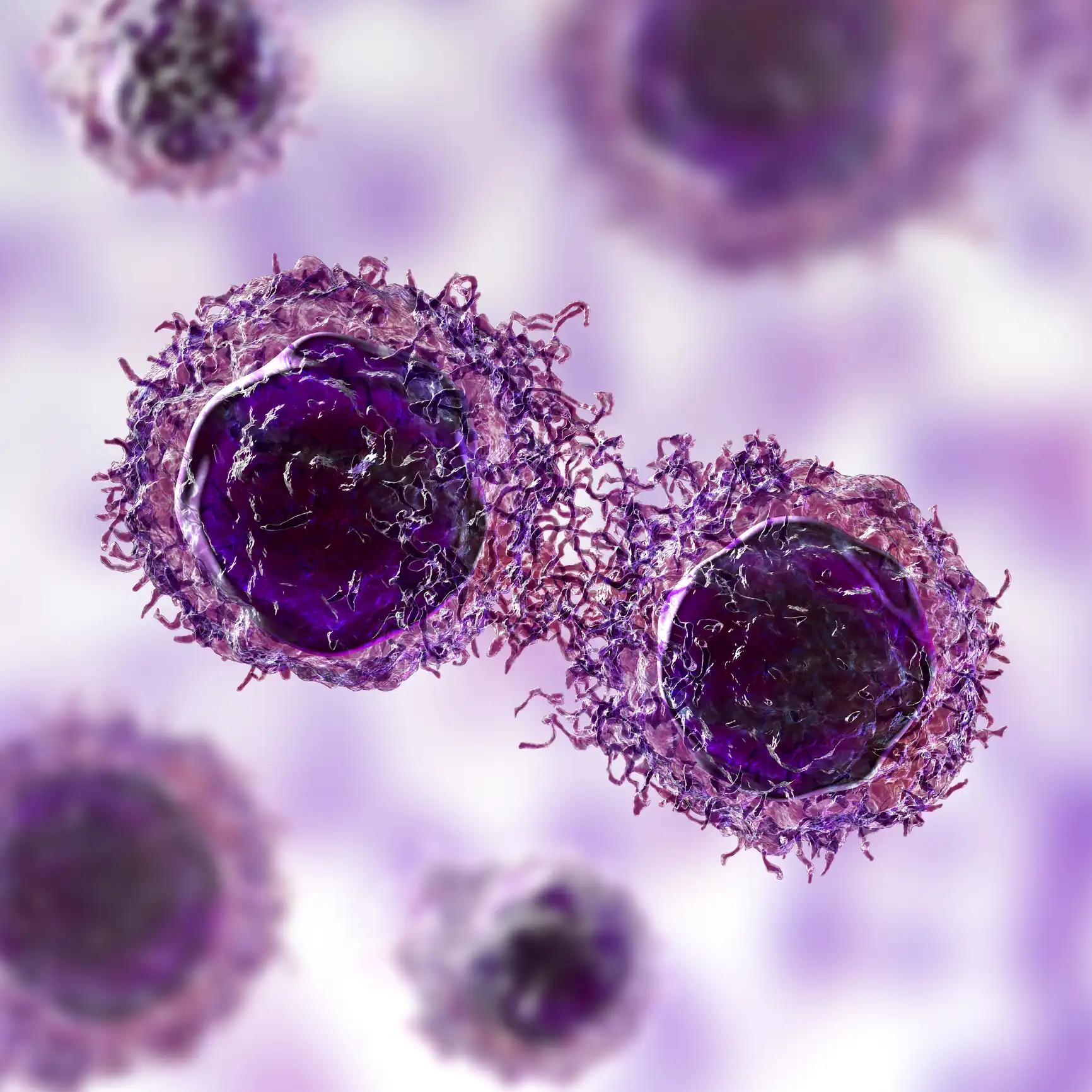KEY TAKEAWAYS
- The aim of the study was to interpret the relationship between SIRPG & PD-1 blockade response.
- The data revealed that SIRPG predominantly localized in T cells, leading to enhanced response of PD-1 blockade.
Libo Luo and the team aimed to unveil the correlation between signal regulatory protein gamma (SIRPG) and tumor immune microenvironment phenotypes or T cell-mediated adaptive antitumor immunity and its predictive value for response to PD-1 blockade in cancers like melanoma, non-small cell lung cancer (NSCLC), and others.
Researchers observed more T cells, B cells, NK cells, M1 macrophages, and cytotoxic lymphocytes but fewer neutrophils, M2 macrophages, and myeloid-derived suppressor cells in cancer patients with high SIRPG expression. The expression was linked to an enhanced response in PD-1 blockade response in NSCLC and melanoma.
Further, scRNA-seq data showed SIRPG was mainly in CD8+ exhausted T and CD4+ regulatory T cells and associated with higher PDCD1 and CTLA4 expression.
The study concluded that high SIRPG expression is linked to an inflamed immune phenotype and favorable response to PD-1 blockade, making it a potential predictive biomarker and immunotherapeutic target.
The study was funded by the National Natural Science Foundation of China.
Source: https://pubmed.ncbi.nlm.nih.gov/38833156/
Luo, L., Jiang M., Wu H., et al. (2024). “SIRPG expression positively associates with an inflamed tumor microenvironment and response to PD-1 blockade.” Cancer Immunol Immunother. 2024 Jun 4;73(8):147. doi: 10.1007/s00262-024-03737-y. PMID: 38833156; PMCID: PMC11150346.



